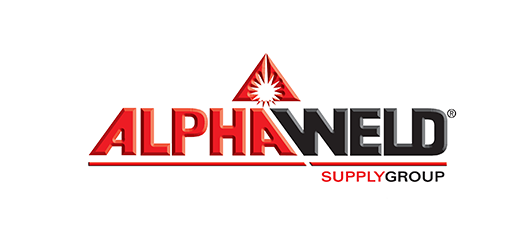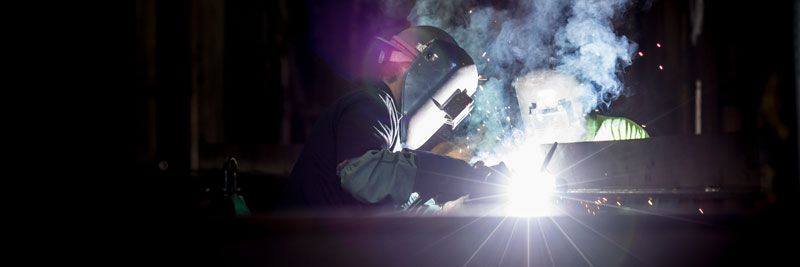Shop Now
- Welding Consumables
- Welding Torches & Torch Spares
- Welding Machines
- Plasma & Cutting Machines
- Welding Machine Spare Parts & Accessories
- Welding Fume Extraction Equipment
- Gas Welding Equipment
- Welding Abrasives
-
Welding Safety Equipment
- Welding Helmets
-
Welding Helmet Spares
- Speedglas Spares
- Betaweld Spares
- Cigweld Spare Parts & Accessories
- Flip Front Helmet Spares
- Jackson Spares & Accessories
- Lincoln Electric Spare Parts & Accessories
- Miller Spares & Accessories
- RPB Spares
- Servore Spares
- Unimig Spare Parts & Accessories
- Weldclass Spares & Accessories
- Miscellaneous Helmet Lens
- Welding Gloves
- Protective Workwear
- Welding Blankets
- Welding Screens & Curtains
- Ear Protection
- Eye Protection
- Face Protection
- Hand Protection
- Head Protection
- Respiratory Protection
- Sun Protection
- Hydration Products
- Fire Blankets
- Prestart Books
- Safety Signage
- Safety Tags
- Hazard Tape
- Welding Accessories
- Pipe Welding Equipment
-
Cutting & Drilling
- Bandsaws
- Bandsaw Blades
- Bandsaw Accessories
- Coldsaws
- Core Drills & Accessories
- Cutting & Milling Blades
- Diamond Blades
- Drill Bits
- Holesaws
- Magnetic Base Drills
- Metal Working Lubricants
- Pipe Bevelling
- Pipe Cutting Equipment
- Pipe Tee Pulling Kits
- Pipe Threading Machines
- Plasma Table Water Additives
- Punching Machines
- Welding Merchandise
- Gift Cards
- Clearances
-
Hire
- Hire Equipment
- Hire Heating Equipment
- Hire Degausing Equipment
- Hire Welding Automation
- Hire a Welding Positioner
- Hire a Turning Roller
- Hire a Diesel Welder
- Hire a Wirefeeder
- Hire a Multi-Process Welder
- Hire Accessories
- Hire a MIG Welder
- Hire a TIG Welder
- Hire a Stick Welder
- Hire a Plasma Cutter
- Hire a Weld Cleaner
- Hire a Stud Welder
Can You Weld an Exhaust System with an Arc Welder?
Any mechanic will tell you that working with metal comes with a diverse set of challenges. The range of metals you work with can change on a daily basis, with certain factors like thickness, durability, and functionality dictating what can or cannot be done to manipulate the metal.
Exhaust piping is a system of metal pipes that releases harmful gases away from a vehicle's engine, and its occupants. They are generally constructed with mild steel and are lightweight, inexpensive, and easily malleable. However, the drawback is that these systems are prone to rust and require frequent maintenance and repairs when damaged.
This begs the question: can you weld an exhaust with an arc welder? In short, yes. However, there are certain tips and techniques that we’ll share in this blog to ensure that you weld your exhaust system safely and sturdily.
Before You Start Welding Exhaust Pipes
To weld well, you’ll need the correct tools and accessories – as well as the proper method. When it comes to welding an exhaust pipe, we recommend using a MIG welder as they are exceptionally effective when working with thinner metals.
We must also note that welding an exhaust pipe can be incredibly dangerous and uncomfortable if you attempt to do it while underneath the car. We highly recommend using a car hoist or removing the entire system to have a greater scope of the job at hand. We also recommend cleaning the exhaust system thoroughly with a wire brush. Any damaged metal should be removed and replaced with a section of new pipe or sheet metal strips, and perfectly aligned with the existing pipework.
Now that you have access to your clean exhaust pipe, there are some things to consider when selecting a welder:
1. Power Output for The Job
The first thing you should consider is the power output you want. This will depend mostly on how often you want to do this.
100 amps is acceptable for occasional welding. However, if you wish to weld more often, and decide to weld things other than an exhaust pipe, 140 amps would be a better choice.
2. Power Input
If you choose a 140 amp welder, an input of 240 volts will get the job done. Anything that uses 415 volts of electrical current will weld almost anything – but will affect your electricity bill.
3. The Duty Cycle
Duty-cycle indicates how long the welding equipment can operate within a ten-minute time slot without overheating. Usually measured in percentages – 30% at 200 amps means that the welder can run non-stop for a total of three minutes and then rest for seven minutes. Lower output of the power allows welders to operate for a longer time without the required rest.
5. Wire Feed
We highly recommend a welder with a synergic program. If the speed of the wire feed is too slow, the wire will disappear upon touching the metal and leave a messy finish.
If it is too fast, you’ll end up with too much wire and spatter. A synergic program will correctly adjust to the power output and allow you to have a clean, leak-free finish.
6. Safety
We’ve saved the most important for last. Safety should be your number one consideration before, during and after welding. Some welding machines will feature a thermal overload shutdown that will cool down the wire until the trigger is used. Be sure to wear appropriate PPE gear, this includes thick heat resistant clothing, proper welding gloves and welding helmet.
Get Welding!
Now that you’ve properly prepared, you’re ready to start welding your exhaust pipe!
If you are still unsure about the process, contact Alphaweld today! Our dedicated team is always ready to share our expertise and find the best solution for all of your welding needs. To speak with our team of trusted experts, visit us online or give us a call on (08) 9456 8000 – and we’d be more than happy to assist.


